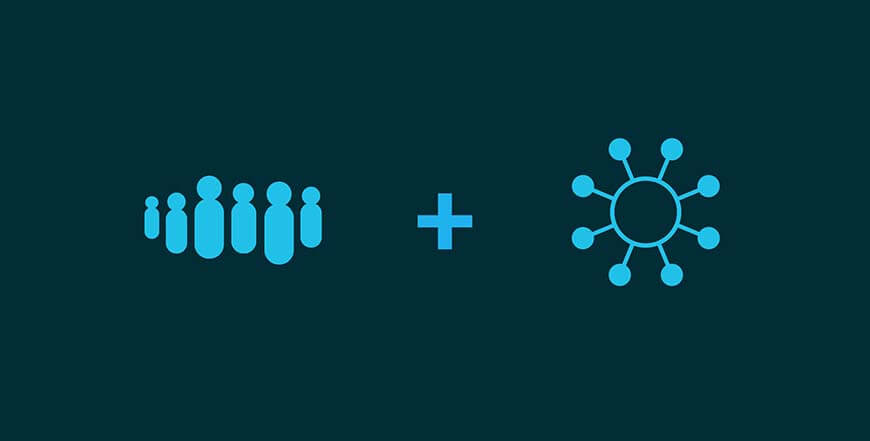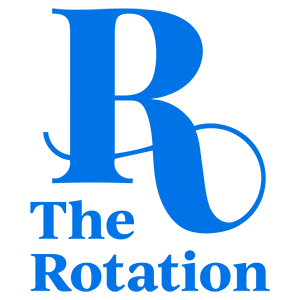The US match process, which matches MD and DO applicants to residency positions, has long sparked anxiety in everyone that’s gone through it. No matter the quality of grades, applications, or interviews, we all find a little apprehension, wondering, “what if I don’t match?” This article is meant to show how match works, with scientifically proven advice on how to make the best of your chances.
First, the bad news: competition for available PGY-1 slots is intense.
We can trace the problem back, in part, to the well-known physician shortage in the United States. Medical schools have responded to this need by increasing class sizes. For-profit institutions have popped up all over the Caribbean, offering U.S. citizens another avenue to pursue their medical doctorates. The number of interested international graduates (IMGs) also continues to rise. There are more students graduating from medical school—more doctors . . . but we still have a doctor shortage!
That’s because new residency positions have not been created to keep pace with the increase in MDs. They are capped by medicare, which is influenced by politics and lobbyists. Completion of residency is nearly synonymous with board certification, which is necessary to practice at most hospitals (private practice is different). The gap between the number of medical graduates and the availability of open residency slots has gotten to the point where there are nearly not enough positions for the number of American medical graduates (AMGs), and too few positions to go around when including international graduates (IMGs) and other applicants.
Match data confirm this. In 1982 the number of active applicants (18,410) barely outstripped the number of available residency positions (18,310). An active applicant is a student who enters the Match AND submits a rank order list, not counting anyone who started the process but didn’t finish. Jump to 2018, and we find 43,909 registrants (anyone who starts the process) that were weeded down to 37,103 active applicants, for 30,323 PGY-1 slots.
The NRMP’s 2018 report shows that 78% of active applicants were matched to PGY-1 programs, while 11% of active applicants did not match to anything—could not match, simply because there were not enough open residency positions. Moreover, these 30,232 PGY-1 slots include both categorical as well as prelim openings. A prelim residency program consists of studies preparatory to a full residency, does not result in board certification, and lasts only a year. Schools bundle their prelim and categorical matches together to make their overall match rate look more impressive, but those that match with an undesignated prelim only will have to go through the process again next year if the goal is board certification.
Grim stats can ruin a perfectly fine day, to say nothing of career prospects. Yet there is good news! There are multiple silver linings to these clouds, both general and particular, and concrete steps that everyone can take to avoid contributing to the “did not match” statistics.
The nature of the matching algorithm
The Match is designed to favor the student. If they choose their top programs wisely and follow the Three P method, they can be pretty certain that their ROL is solid. A match is a match, and getting the #2 or #3 choice is in no way a failure! If someone doesn’t match into their #1 choice, it’s because that program did not want them. They’re better off not being there!
Alternatively, some may worry because they don’t trust the NRMP’s algorithm, but this is as logical as not trusting the safety of air travel—or less logical, since the algorithm is statistically “safer” than air travel, having resulted in zero recorded “accidents” or career “fatalities” to date. The algorithm was implemented to level the playing field, to democratize, and bring equity to the matching process. There’s no more politicking; no more “legacy admissions” to residency. So from the perspective of history, the deck has never been more stacked in students’ favor.
Another plus, at least for allopathic graduates, is the recent merger of the ACGME, AOA, and AACOM opened up a few thousand residency slots that, before the merger, were open to DO graduates only. Now they are open to MD applicants as well.
The second good news is that it’s everyone’s power to maximize their chances of matching to one of the coveted positions. American medical graduates (AMGs) have particular reason to breathe a sigh of relief: their match rates are in the low 90% range. But what are the 10% doing wrong, resulting in their non-match?
The NRMP’s “Charting Outcomes” report for 2018 lists several recommendations that are statistically proven to increase one’s chance of matching. In essence, these boil down to expanded inclusiveness. Basically, not being picky increases the chances of matching. This fact should not come as an epiphany to anyone . . . yet there are always some applicants who submit unnecessarily short ROLs. I suspect that one of the reasons for AMGs’ failure to match is a too-narrow emphasis on prestige schools or high-demand specialties only. So put the “reach schools” on the list—if they would make a good fit—but hedge bets with some that are less competitive.
This advice of expanded inclusiveness turns out to be particularly important for IMG applicants. IMGs who matched listed, on average, 7.3 “contiguous ranks” (programs in the applicant’s preferred specialty, grouped together in the rank list), while those who did not match listed an average of 2.3 contiguous ranks. Again, the obvious takeaway is that those who list more programs also see their chances of being selected by a program rise. That also means at the beginning of the interview season, apply to a large number of programs to get the needed number of interviews.
Still, what happens for those that don’t match?
Everyone finds out on Monday of Match Week whether they matched or not. They find out only whether they matched—matching students wait until that Friday to find out where. Non-matching students can participate in SOAP (Supplemental Offer and Acceptance Program). In SOAP, non-matches use the NRMP’s system to submit a new ROL based on a list of programs that didn’t fill all their open positions, and the algorithm is run again, with the results revealed on Match Day.
It’s possible to “not match” by getting an undesignated prelim year. Undesignated prelims can be useful—they are a chance to prove oneself to the program offering the prelim year and a chance to get some serious backing from the program director. Reapplying from an undesignated prelim year with the support of that program’s program director puts that applicant ahead of everyone else who didn’t match at all.
What happens to those that don’t match for real?
Not matching isn’t the end of the journey. Applicants can try again next year . . . but only after carefully analyzing why they didn’t match this year. It may be as simple as aiming too high, by only applying to Brand Name programs. Simply trying again next year with a more realistic outlook could be enough to tip the results into favor the second time around. The same could be said for geography; the best jobs aren’t always in the biggest cities. If it’s more serious, such as a red flag on the application (a fail on a Step exam, for example), there’s another year to make improvements (such as taking and excelling at Step 3). Whatever the reason, there’s no time to waste. Match day is always mid-March; ERAS applications for next year are due in September. Hunker down, build the resume significantly, and keep chasing the physician dream.
How OME Helps Those Interested in Matching
Grades matter; I think that goes without saying. But so does interviewing well, mitigating skills decline, and preparing for the job. To help, OnlineMedEd has bundled our Intern Bootcamp and Case X product together to get you focusing on the life skills (management of self, others, time, efficiency) and the clinical reasoning required in practice (questions that may not have a right answer). Our users find this particularly valuable as preparation for residency, but for international students, this will help frame your thinking along the entire journey. Good luck!



